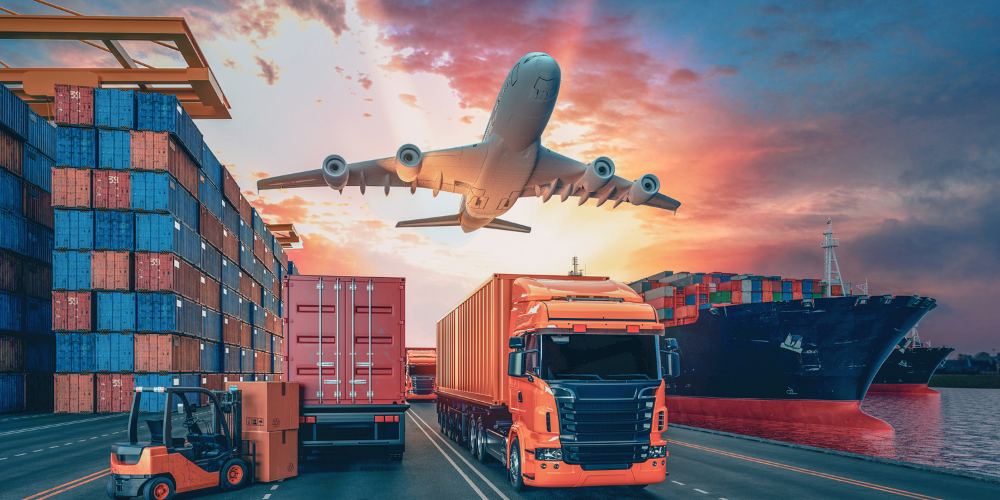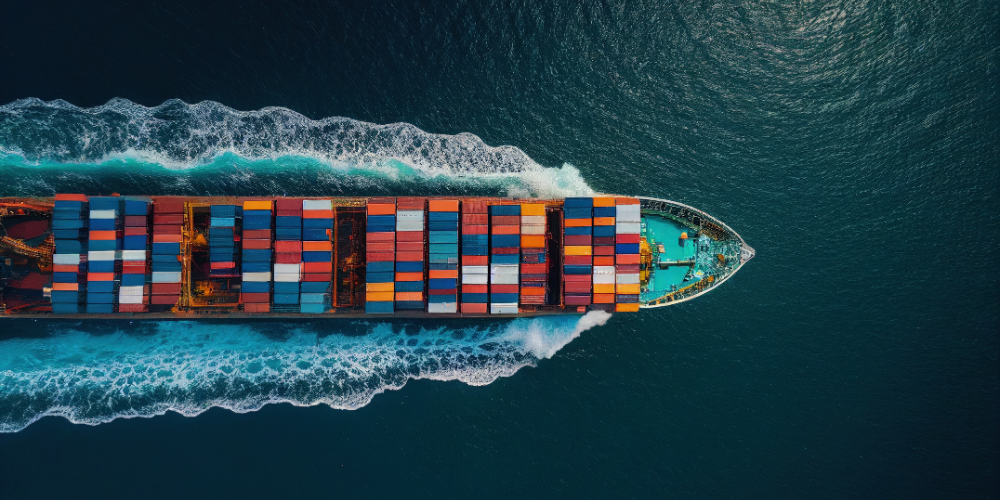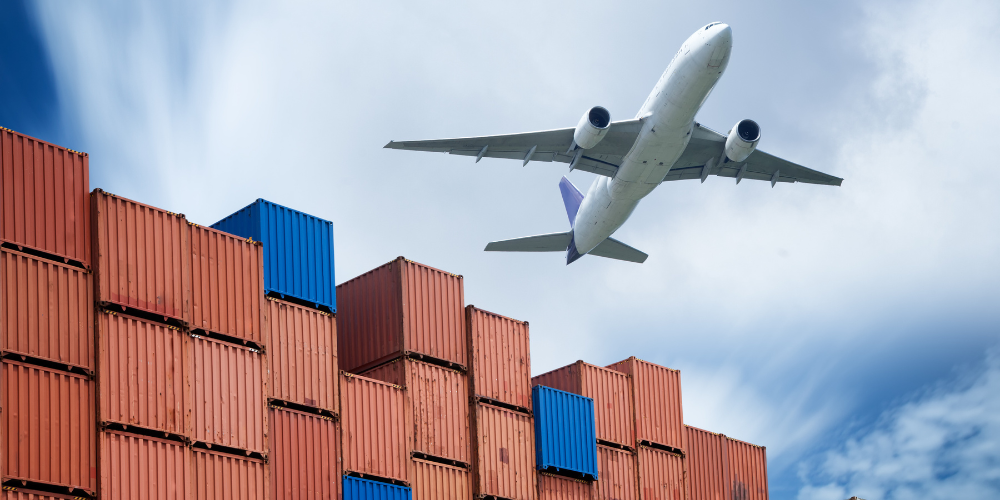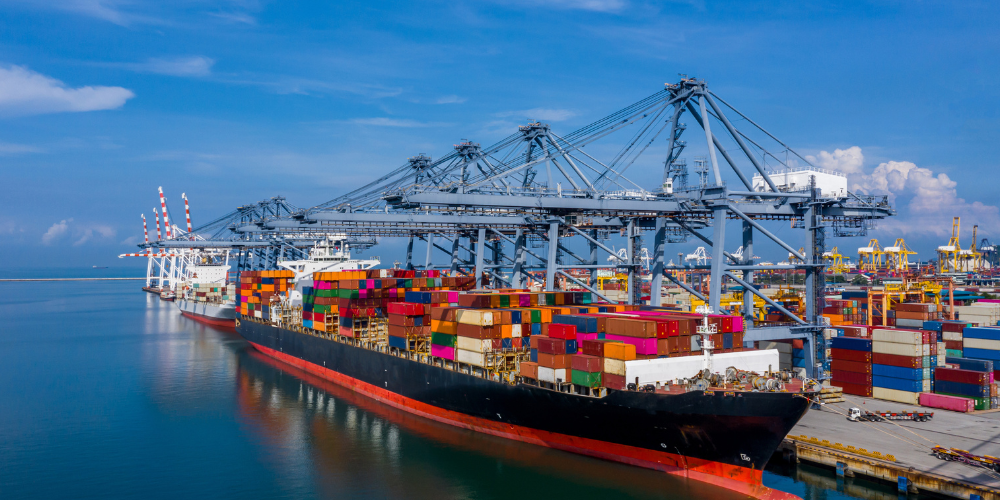Transportation management is the process of planning, executing, and controlling the movement of goods and people from one location to another. In this essay, we will discuss the functions of transportation, modes of transport, challenges in transportation, future trends in transport, ownership in transportation, and key performance indicators in transportation.
Functions of Transportation:
The primary function of transportation is to move goods and people from one location to another. The following are the key functions of transportation:
Movement of goods: Transportation is responsible for the movement of goods from manufacturing facilities to warehouses, and from warehouses to retail stores or customers.
Movement of people: Transportation is responsible for the movement of people from one location to another. This includes commuting to work, traveling for business or pleasure, and accessing healthcare services.
Timing and scheduling: Transportation is responsible for ensuring that goods and people are transported at the right time and according to schedule.
Modes of Transport:
There are several modes of transport that can be used to move goods and people. The following are the main modes of transport:
Road: Road transport involves the use of vehicles such as cars, trucks, and buses to move goods and people.
Rail: Rail transport involves the use of trains to move goods and people. It is often used for long-distance transport of heavy goods.
Air: Air transport involves the use of planes to move goods and people. It is often used for long-distance transport of high-value goods or for travel.
Water: Water transport involves the use of ships or boats to move goods and people. It is often used for transport of bulk goods over long distances.
Challenges in Transportation:
Transportation faces several challenges that impact its efficiency and effectiveness. The following are the main challenges in transportation:
Traffic congestion: Traffic congestion is a major challenge in transportation, particularly in urban areas. It can lead to delays and increased transportation costs.
Environmental impact: Transportation has a significant impact on the environment, including emissions of greenhouse gases and pollution.
Infrastructure: The condition of transportation infrastructure, including roads, railways, and airports, can impact the efficiency and safety of transportation.
Future Trends in Transport:
The transportation industry is undergoing significant changes due to advancements in technology and changes in consumer behavior. The following are the main future trends in transport:
Automation: Automation is expected to play a major role in transportation, particularly in the use of self-driving vehicles for goods and people transport.
Electric vehicles: Electric vehicles are expected to become more common in transportation, particularly for short-distance transport.
Last-mile delivery: Last-mile delivery is becoming increasingly important as more consumers shop online. It involves the delivery of goods from warehouses to the final destination.
Ownership in Transportation:
Transportation can be owned and operated by different entities, including individuals, businesses, and governments. The following are the main ownership models in transportation:
Private ownership: Private individuals or companies own and operate transportation assets, such as trucks or planes.
Public ownership: Governments own and operate transportation assets, such as public transport systems.
Public-private partnerships: Governments partner with private companies to own and operate transportation assets.
KPIs in Transportation:
Key performance indicators (KPIs) are metrics used to measure the performance of transportation management. The following are the main KPIs in transportation:
On-time delivery: This KPI measures the percentage of deliveries that are made on time.
Transit time: This KPI measures the time it takes for goods or people to move from one location to another.
Cost per mile: This KPI measures the cost of transporting goods or people per mile.
Fuel efficiency: This KPI measures the fuel efficiency of transportation assets, such as trucks or planes.
Supply Chain & Procurement Programs from Fhyzics:
Certified Supply Chain Professional (CSCP)
Certified in Planning and Inventory Management (CPIM)
Certified in Logistics, Transportation and Distribution (CLTD)
Certified Inventory Optimization Professional (CIOP)
Certified Professional in Sourcing Excellence (CPSE)
Certificate in Supply and Operations, CIPS Level-2
Advanced Certificate in Procurement and Supply Operations, CIPS Level-3
Diploma in Procurement and Supply, CIPS Level-4
Advanced Diploma in Procurement and Supply, CIPS Level-5
Professional Diploma in Procurement and Supply, CIPS Level-6





